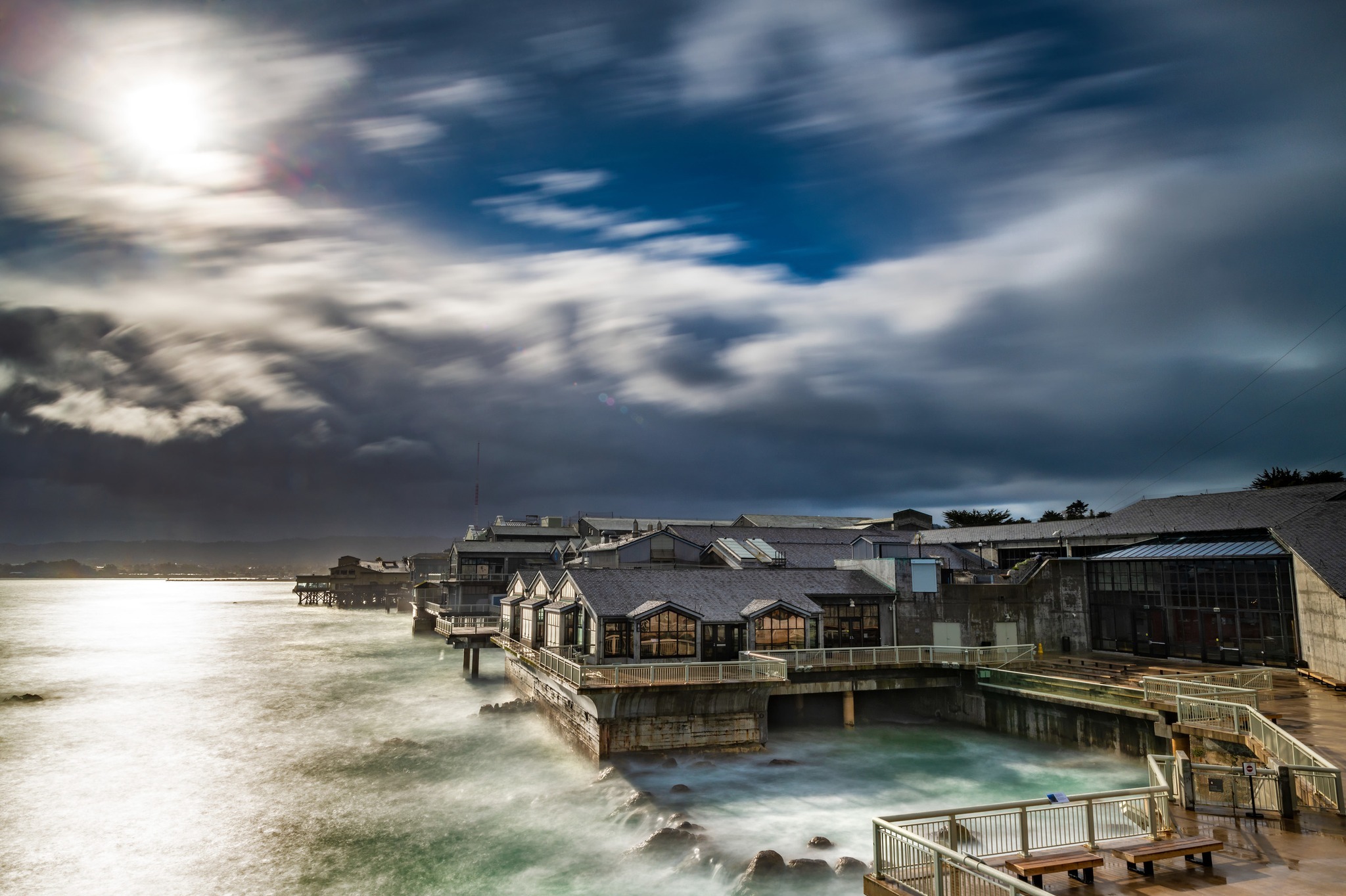- The power of local community actions in making impactful changes for environmental sustainability and climate change mitigation.
- The establishment and success of Central Coast Community Energy as a model for local sustainable energy initiatives.
- The collaborative efforts and importance of community trust in executing successful environmental projects.
- The role of clean, renewable energy solutions like wind and solar power in reducing greenhouse gas emissions.
- Strategic steps to encourage local communities to initiate similar projects for ocean protection and climate change.
Community efforts in environmental conservation showcase how collective, local actions can lead to significant changes. While individual endeavors often seem minute in the grand scheme of things, when communities align with shared goals, they can wield remarkable influence. This article explores such local initiatives and emphasizes their pivotal role in environmental sustainability and climate change mitigation.
Since its inception in 2017, Central Coast Community Energy (CCCE) exemplifies a triumph of local governance and community-driven activism in promoting renewable energy usage. Born from a collective public demand across California’s Central Coast cities, this public utility marks a profound shift towards reducing dependence on traditional fossil fuels. By providing clean, renewable wind and solar power to its constituents, CCCE proactively contributes to emission reduction and climate change combat.
The evolution of CCCE is rooted in the community’s desire to impact climate action. This desire showcased that when residents and local governments work hand-in-hand, transformative changes can occur. Communities opting for such clean energy sources not only lower their carbon footprints but also inspire innovation and adaptation in sustainable technology solutions.
The relationship between communities and clean energy initiatives like CCCE lies in collective action and shared visions. By choosing to transition to 100 percent wind and solar energy supplied through CCCE, communities display a commitment to reshaping their environmental impact. Such decisions often require overcoming logistical hurdles and fostering trust among stakeholders. However, the results are undeniably powerful, generating not only environmental benefits but also economic opportunities through cleaner technologies.
Local energy projects like CCCE demonstrate how public utilities, driven by grassroots movements, can play a pivotal role in conserving the environment. For communities wishing to replicate this model, starting local is essential. By harnessing regional resources and talent, communities can build robust foundations for their renewable energy projects. This grassroots approach leverages unique local strengths, navigating regulatory frameworks and building strategic partnerships, ensuring that efforts are both feasible and impactful.
Trust-building forms the cornerstone of any successful community-driven conservation project. Transparent communication and community involvement are crucial. Engaging local populations in decision-making processes fosters a sense of ownership and responsibility, encouraging broader participation. By involving a wide array of stakeholders—residents, businesses, and local government—a supportive ecosystem for renewable projects can be established.
Equally important is the leadership with heart. Passionate advocates and leaders catalyze momentum by inspiring fellow community members. They set the tone for collaboration, resilience, and innovation required to pursue sustainable goals. Such leaders bring to the forefront a vision of environmental stewardship where economic growth does not contradict ecological preservation.
The transition to clean, renewable energy extends far beyond California’s Central Coast. Communities worldwide are recognizing the need to pivot towards greener practices. Such community efforts can drastically mitigate environmental threats and climate crises when executed effectively and consistently. Renewable solutions like wind and solar power not only reduce dependence on fossil fuels but also contribute to healthier ecosystems and lower pollution levels.
To incite similar passionate engagements in other regions, informative actions are imperative. Educating populations about the benefits of renewable energy and demonstrating successful models can dispel apprehension and catalyze launch-worthy projects. Clear communication strategies and outreach efforts can mobilize necessary resources and catalyze change.
Ultimately, community actions reflect a broader ecological understanding that is vital for curbing climate change. They show the profound impact of local activism and how grassroots movements are central to global environmental strategies. Concerted actions not only protect ocean ecosystems but also forge sustainable pathways for future generations.
Sign up for initiatives like quarterly ocean action emails to stay informed and inspired by diverse strategies to protect our planet. This collective wisdom encourages local efforts, positioning them as powerful forces to address both human and environmental health issues effectively.
*****
Source Description
Think community actions can’t make waves? Local efforts are powerful forces to protect our ocean and fight climate change!
💡One example: Central Coast Community Energy. Fueled by public demand, local governments on California’s Central Coast launched this public utility in 2017 to bring clean, renewable energy to our region, helping reduce emissions and combat climate change.
🤝 And yes—we proudly teamed up with our community to support its creation. In 2018, we switched to 100 percent wind and solar power, supplied by Central Coast Community Energy.
🌎 Real climate action can happen when communities come together—with shared purpose and local power.
Want to bring this energy to your community?
💙Start local
💙Build trust
💙Lead with heart
Sign up for our quarterly ocean action emails for more ways to make a difference! To learn more follow link in our bio 🌊


